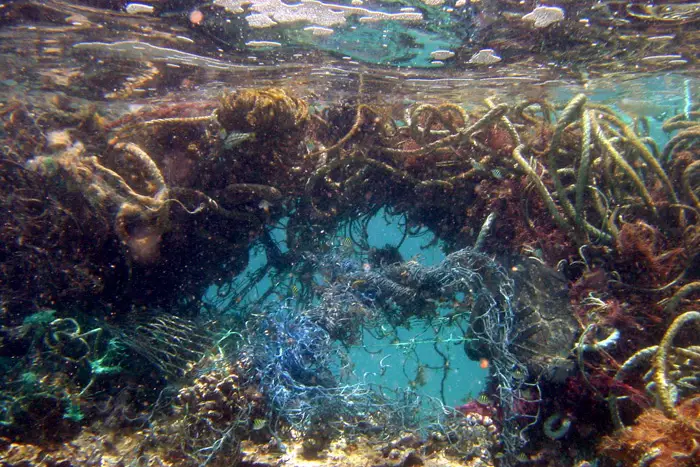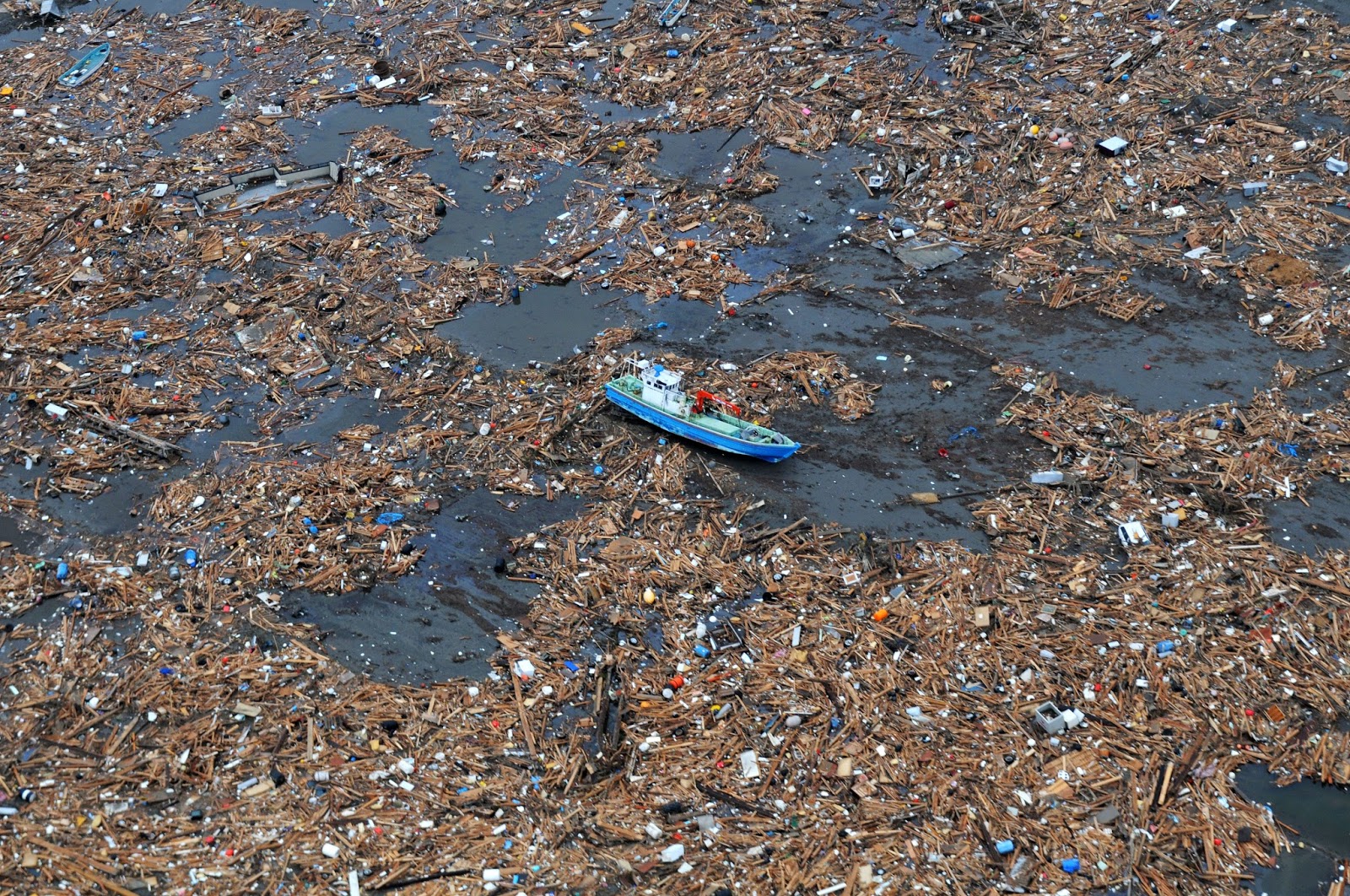

The international team took the extra step of conducting aircraft surveys - covering 120 square miles and snapping 7,300 photographs - so they could better calculate the amount of large pieces of plastic. But they used 652 nets capable of catching microplastics or larger trash.Ī multilevel trawl, photographed from below, sample the surface waters of the ocean. The Netherlands-based organization hired 18 ships to trawl at different spots across the whole patch. Three year ago, The Ocean Cleanup foundation opted for a more direct approach.
THE GREAT PACIFIC GARBAGE PATCH PATCH
By extrapolating, they could develop a sense of the Great Pacific Garbage Patch size, but their final estimates - especially for large pieces of trash - varied dramatically. Scientists tried counting these larger items by eye, but they could only do so for small sections of the patch. Running these nets through the patch, which extends from California to Hawaii, was not only laborious, it failed to catch big things like bottles and buoys.


In the past, scientists estimated the size of the Great Pacific Garbage Patch by hopping on a boat and trawling the trash with fine nets - nets originally designed for catching plankton. What the scientists did: Plastics tend to break down, due to heat and sunlight exposure, into small particles known as microplastics. The Great Pacific Garbage Patch covers 1.6 million square kilometers - 617,000 square miles - according to a new report from The Ocean Cleanup foundation.


 0 kommentar(er)
0 kommentar(er)
